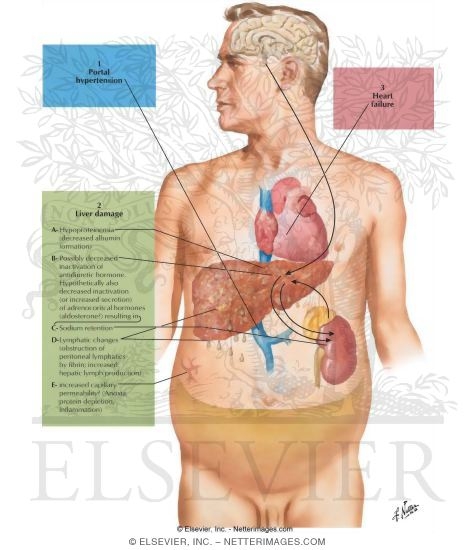Can Eating Peanut Butter Cut Breast Cancer Risk in Later Life?
Eating peanut butter regularly
as a preteen and teen girl appears to decrease the risk of developing
benign breast disease as an adult, new research has found.
Benign breast disease -- noncancerous changes in the breast tissue -- is a risk factor for breast cancer, experts agree.
The
researchers followed more than 9,000 females, beginning when they were
aged 9 to 15 in 1996, until 2010, when they were young women. Eating
peanut butter three days a week reduced the risk of developing benign
breast disease by 39 percent, said Dr. Graham Colditz, senior study
author.
"I think this gives us enormous hope there are strategies
we could be following to help prevent breast cancer that we haven't
capitalized on yet," said Colditz, the associate director for cancer
prevention and control at the Siteman Cancer Center at Barnes-Jewish
Hospital and Washington University School of Medicine, in St. Louis.
The study, published online Sept. 17 in
Breast Cancer Research and Treatment, was funded by the Breast Cancer Research Foundation and the U.S. National Institutes of Health.
Benign
breast disease is fairly common, and a known risk factor for breast
cancer, Colditz said. Before menopause, "about one in four women have a
benign lesion, confirmed by biopsy," he said. "It's very clear there is a
strong link between the benign lesion and the subsequent risk of
invasive breast cancer."
Depending on the characteristics of the
benign lesion, he said, benign breast disease could increase breast
cancer risk by threefold.

The study participants were part of a long-term, ongoing study on the health effects of diet and exercise
in young people. They filled out questionnaires about their diet
annually from 1996 until 2001, then four more times until 2010. They
also reported if they had been diagnosed with benign breast disease. In
all, 112 women said they had.
The researchers looked at foods with
vegetable protein and vegetable fats, then focused on individual foods,
including peanut butter, peanuts or other nuts, beans and corn.
A
daily serving of any of these foods was linked with a 68 percent
reduced risk of benign breast disease. At age 14, a daily serving of any
of those foods was linked with a 66 percent lower risk of benign breast
disease, and girls who had about three servings a week of peanut
butter had a 39 percent lower risk.
The researchers found a link
between eating peanut butter and lower breast disease risk, not a
cause-and-effect relationship, and Colditz said he can't explain yet why
the peanut butter seems protective.
"It could well be the
protein," he said. In previous studies, the researchers have looked at
other factors of a healthy diet, such as milk consumption, and their
role in breast health. The peanut butter finding, he said, is strong,
even when taking into account an overall healthy diet. "It's not
something we can make go away," he said.
For now, Colditz said, the take-home message is for teens and preteens
to substitute peanuts and peanut butter for less-healthy snacks such as
cookies.
Another expert who reviewed the findings said the study is well done.
Dr.
Steven Chen, an associate clinical professor of breast and endocrine
surgery at the City of Hope Comprehensive Cancer Center, in Duarte,
Calif., said that while lowering benign breast disease does lower breast
cancer risk, many other factors increase breast cancer risk besides
benign breast disease.
"It's always good to lower any risk [of
breast cancer] you can, but whether peanut butter intake will have a
major impact on developing breast cancer down the line, only time will
tell," Chen said.
As for how to explain the link? "It's hard to
say at this point," Chen said, adding that in countries where less meat
is eaten, less breast cancer risk is reported. Based on the study
findings, he said, teen girls and preteens "shouldn't avoid peanut
butter and nuts if they are not allergic." Getting some protein through
vegetables, which was also looked at in the study, is a good idea, too,
he added.























